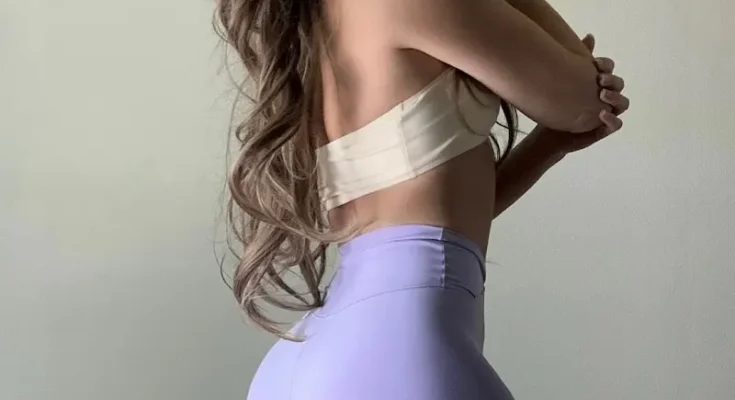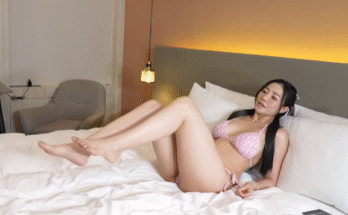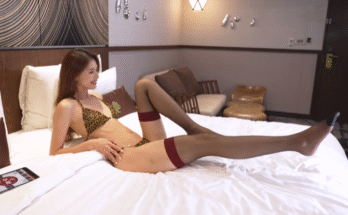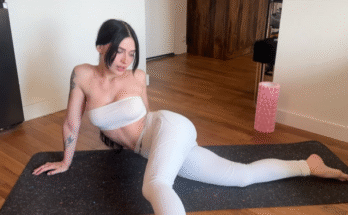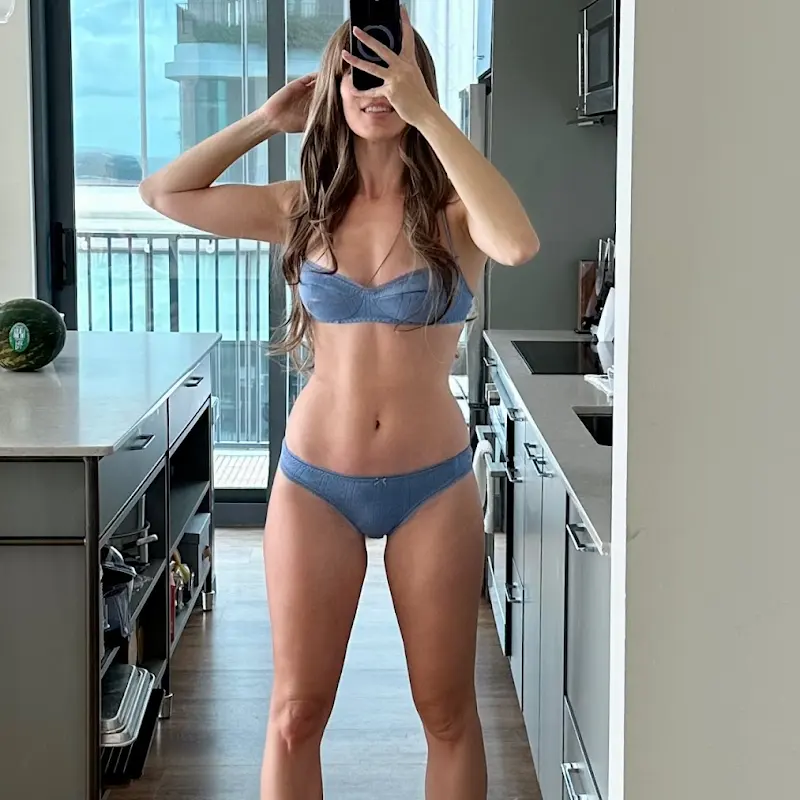
Yoga is not only about flexibility — it’s about balance, awareness, and the ability to connect your body and breath in harmony. Among the many gentle stretches that help release tension in the spine and shoulders, the Puppy Pose (Uttana Shishosana) stands out as a favorite for beginners and experienced yogis alike. The “Narrow to Wide Kneed Puppy Pose” variation takes this beloved posture even further by opening the hips and deepening the relaxation of the back and chest.
In this 1000-word exploration, let’s look at how to perform this stretch properly, its benefits, what to feel in your body as you move from narrow to wide knees, and how this simple transition can transform your practice and your overall sense of wellbeing.
Understanding the Puppy Pose
The basic Puppy Pose is a blend between Child’s Pose (Balasana) and Downward-Facing Dog (Adho Mukha Svanasana). It provides the spine-lengthening benefits of Downward Dog with the soothing surrender of Child’s Pose.
To begin in the classic version, you start on all fours — hands under shoulders and knees under hips. Then you walk your hands forward, lowering your chest toward the mat while keeping your hips lifted above your knees. The forehead or chin can rest on the mat, depending on your flexibility.
This pose deeply stretches the spine, shoulders, and arms while gently opening the chest. It’s especially effective after long hours of sitting or working at a desk, since it helps reverse the effects of slouching.

Transitioning from Narrow to Wide Kneed Puppy Pose
Now let’s add the variation that makes this practice even more powerful — moving from narrow to wide knees.
- Start Narrow:
Begin in the regular Puppy Pose, with your knees directly under your hips and close together. This position provides a stable base and allows you to focus on lengthening your spine. As you inhale, reach your fingertips forward, spreading them wide. As you exhale, melt your chest closer to the mat. Feel the stretch travel along your upper back and shoulders. - Engage Your Core:
Before you move your knees, engage your lower belly slightly. This helps protect your lower back and keeps the transition controlled rather than collapsing into it. - Widen the Knees Slowly:
On your next inhale, gently slide your knees outward to the sides — as wide as feels comfortable. Allow your inner thighs to relax as your hips subtly sink back. You might notice a new sensation in your hips and groin as they begin to open. - Breathe and Melt:
As you exhale, press your palms into the floor and lengthen your arms again, letting your heart melt toward the earth. You can rest your forehead on the mat or a yoga block. Stay here for 5–10 slow breaths, feeling the deeper release through your spine, shoulders, and hips.
This simple transition from narrow to wide knees transforms the pose from a primarily spine-and-shoulder stretch into a full-body surrender, bringing calmness and openness from the upper to the lower body.
Benefits of the Narrow to Wide Kneed Puppy Pose
The physical and mental benefits of this stretch are numerous, and when practiced regularly, it can help restore both posture and peace of mind.
- Spinal Extension and Flexibility:
The pose creates a beautiful traction along the spine, lengthening each vertebra and reducing tightness caused by prolonged sitting or standing. - Shoulder and Chest Opener:
As your arms extend forward and your chest moves closer to the floor, your shoulders experience a deep release. This is particularly beneficial for anyone who spends time typing, texting, or working at a computer. - Hip and Groin Opening:
Widening the knees allows the inner thighs to gently stretch. It’s not as intense as traditional hip-openers, but it works effectively to relieve stiffness and tension in the lower body. - Improved Posture:
By strengthening the awareness of spinal alignment and shoulder positioning, the Puppy Pose helps correct rounded shoulders and slumped posture. - Calming the Mind:
The pose encourages a mild inversion, with the heart below the head. This promotes relaxation of the nervous system, calming the mind and easing anxiety or stress. - Improved Circulation:
As the spine lengthens and the chest opens, blood flow increases to the upper body — particularly to the brain and lungs — promoting mental clarity and better breathing.
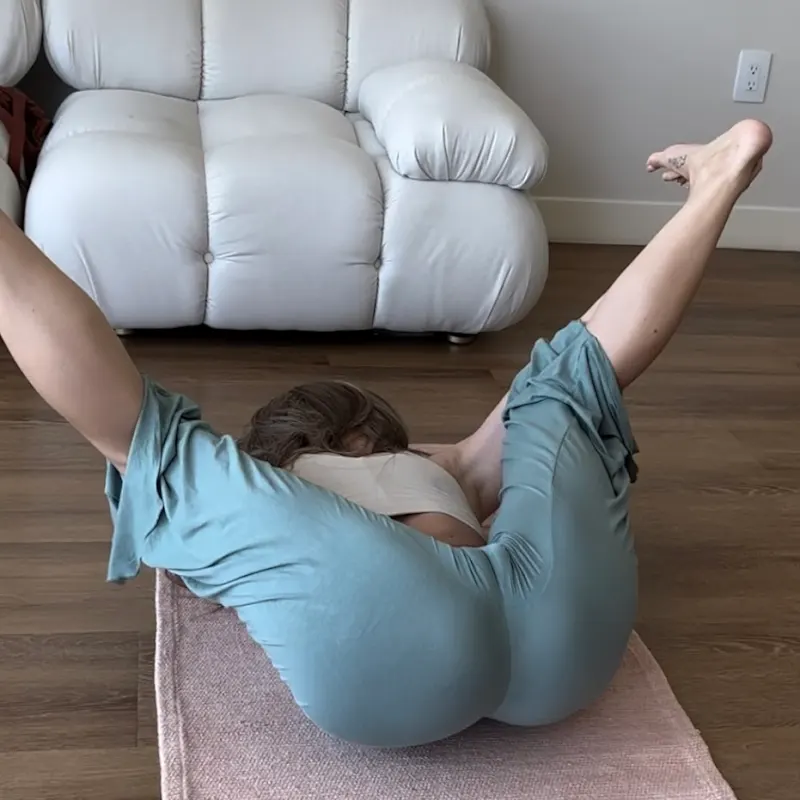
Breathing in the Pose
The way you breathe during this stretch can completely change your experience. Slow, conscious breathing turns the movement from a simple stretch into a meditative practice.
- Inhale: Imagine creating space along the spine. Feel the ribs expand sideways.
- Exhale: Allow gravity to do the work. Let the chest sink deeper, releasing any tension you’re holding in the neck or shoulders.
Try to keep your breath long and even, using your exhale as an invitation to soften deeper into the pose.
Tips for Comfort and Safety
- Use Props if Needed:
- If your forehead doesn’t comfortably reach the floor, rest it on a folded blanket or a yoga block.
- For extra support under the knees, place a soft towel or blanket beneath them.
- Avoid Overstretching:
- Never force your chest to the floor. The goal is not to touch the mat but to feel a gradual, comfortable stretch.
- Listen to your body’s limits — especially in your shoulders and lower back.
- Modify for Tight Hips:
- If spreading your knees wide causes strain, keep them closer together or only widen slightly. Over time, your hips will naturally open more.
- Engage Gently:
- A small engagement of your abdominal muscles helps protect your lower back, especially if you have tight hamstrings or hip flexors.
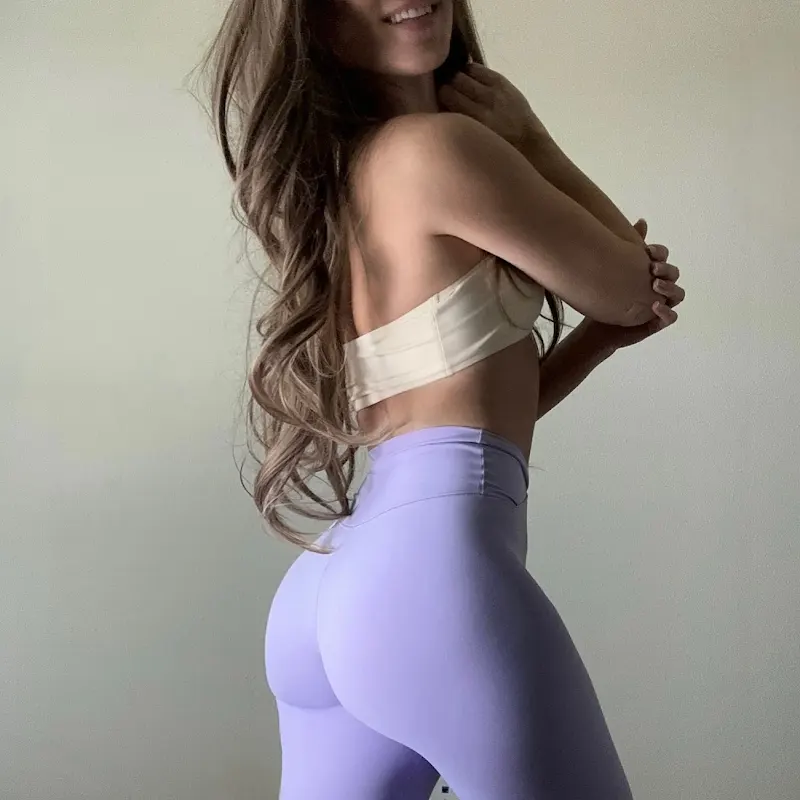
When to Practice This Stretch
The Narrow to Wide Kneed Puppy Pose can be practiced almost anytime. It’s particularly useful:
- Before bedtime – to calm your body and mind.
- After a long workday – to release upper back and shoulder tension.
- Before or after workouts – to improve flexibility and prevent injury.
- During meditation prep – to ground yourself and create space in the body before sitting.
Even a few minutes in this pose can make a noticeable difference in your posture and mental clarity.
Mindfulness in Motion
What makes this transition from narrow to wide knees special is not only the physical release but the mindful awareness it encourages. As you open the knees, you’re symbolically creating space — not just in your hips, but in your mind. The body follows the breath, and the breath follows awareness.
Notice the subtle sensations:
- The expansion of your ribs.
- The gentle pull in your shoulders.
- The feeling of surrender as your heart moves closer to the ground.
This quiet mindfulness can transform the way you approach your yoga practice and even how you move through your daily life.
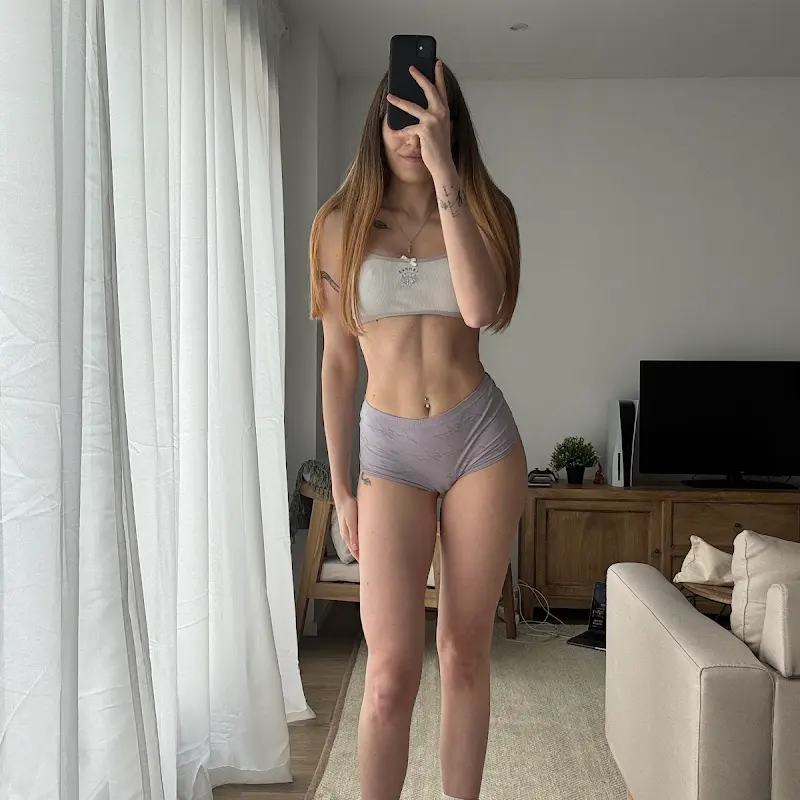
A Simple Sequence to Try
Here’s a short routine that includes this pose:
- Cat-Cow (5 breaths) – Warm up the spine.
- Downward-Facing Dog (5 breaths) – Stretch the shoulders and legs.
- Narrow Puppy Pose (5 breaths) – Focus on lengthening the spine.
- Transition to Wide Kneed Puppy Pose (5–10 breaths) – Relax and deepen.
- Child’s Pose (Rest for 1–2 minutes) – Fully release.
This short sequence can take as little as five minutes, yet it resets your posture and energy beautifully.
Conclusion
The Narrow to Wide Kneed Puppy Pose Yoga Stretch is more than just a physical exercise — it’s a mindful journey from containment to openness. As you move your knees apart and feel your heart melt closer to the earth, you embody both strength and surrender.
This transition teaches a subtle yet powerful lesson: sometimes, opening up just a little — whether in your hips, your chest, or your heart — can bring the greatest relief.
Through consistent practice, this gentle stretch can help you release the weight you carry in your shoulders, open your hips to new possibilities, and bring a deep sense of calm to your entire being.
